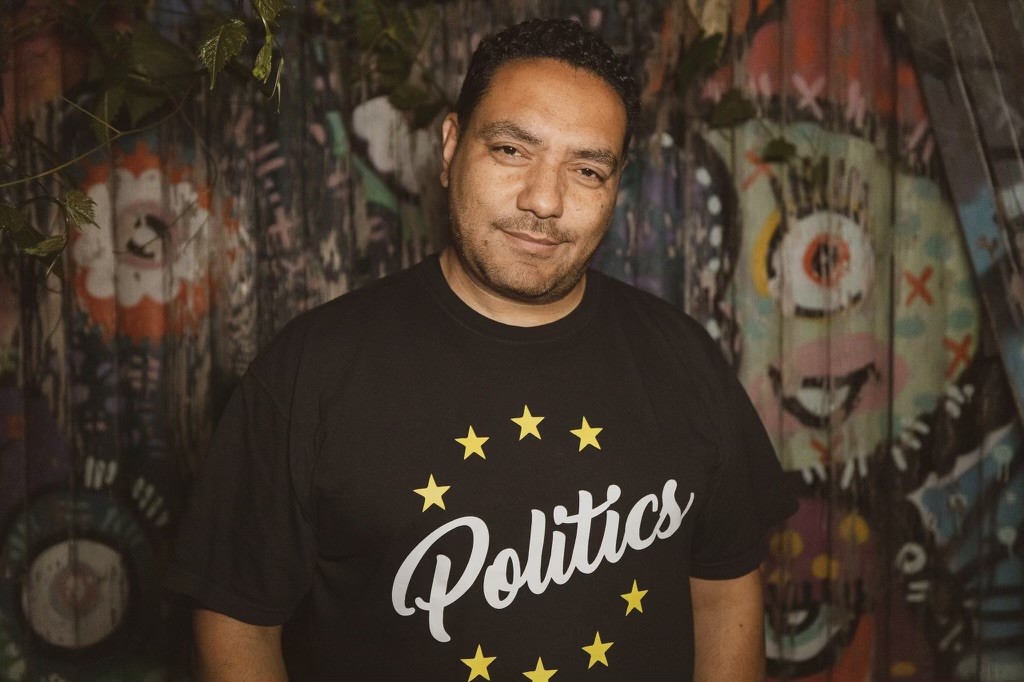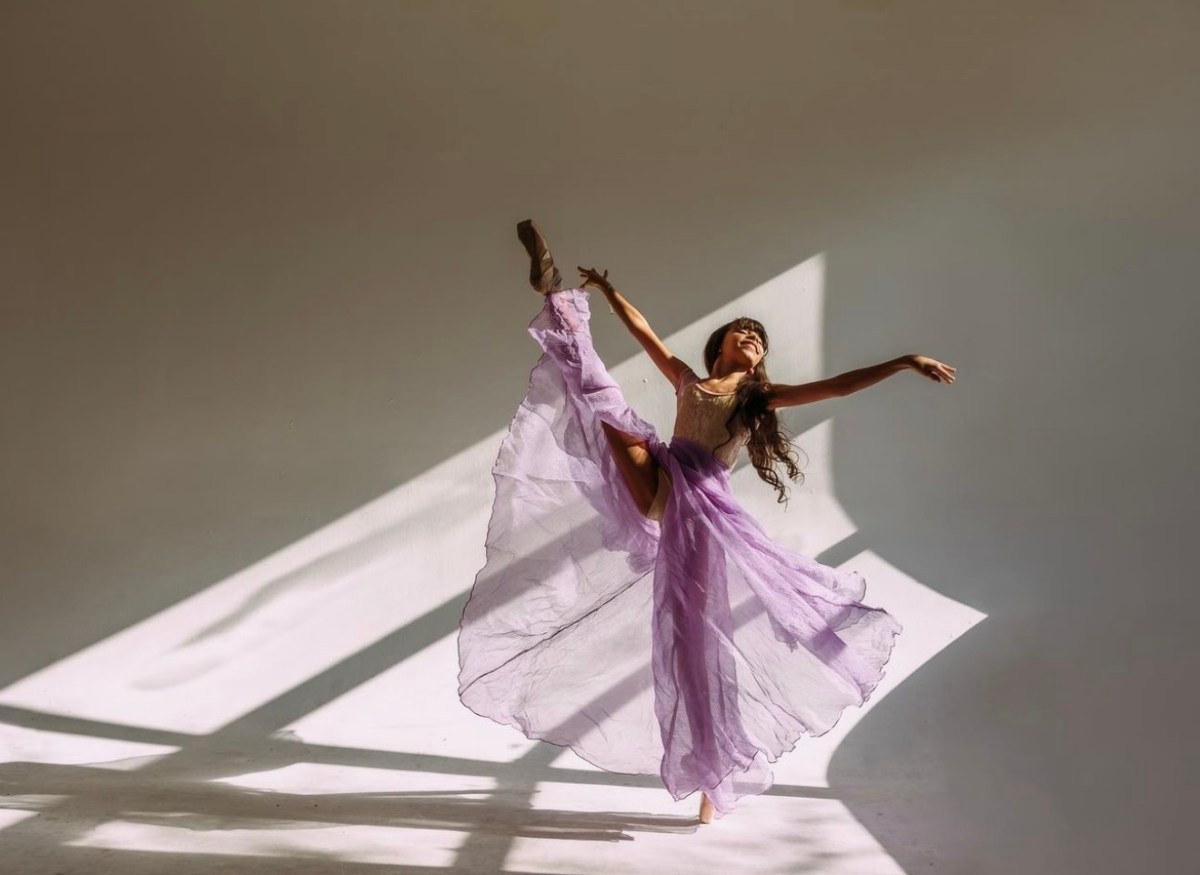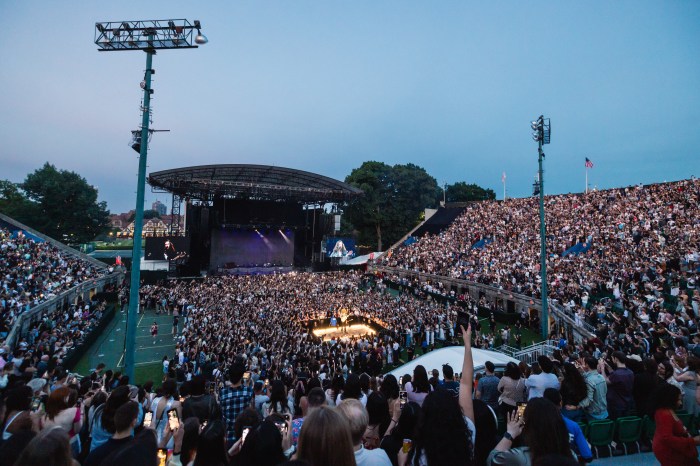From Rolling Stone to Vanity Fair and Vogue, Annie Leibovitz has photographed the world’s most famous people, delivering some of the most iconic images in photographic history. But in a new exhibition by the legendary photographer, you won’t find a single portrait.
“Pilgrimage,” opening Friday at the New-York Historical Society, showcases the artist’s fascinating journey of self-exploration through objects, landscapes and homes connected to influential people.
While visiting historical sites such as the homes of Emily Dickinson, Thomas Jefferson, Eleanor Roosevelt and Elvis Presley’s Graceland, Leibovitz finds, through objects, intimate aspects to the characters of these influential people. For example, through a close-up of an embroidered dress belonging to Dickinson, hung alongside other photographic “notes” on the poet, Leibovitz manages to create a portrait of someone no longer physically present.
At first the collection may seem like a dramatic shift in the photographer’s creative direction, but Leibovitz says that it is just part of her research process.
“This is really the note-taking on the way to taking a portrait,” Leibovitz said during a press conference for the show. “My work hasn’t changed – this is my work. This is what I do.”
Among the 78 digital photographs featured in “Pilgrimage” are also several landscapes. A series of Yosemite photographs taken at Tunnel View pays homage to Ansel Adams, as do shots of his still-intact darkroom in Carmel, California; while a photograph of Niagara Falls, shot in 2009 while on a day trip there with her children, launched the project..
“From the beginning, when I was watching my children stand mesmerized over Niagara Falls, this project was an exercise in renewal,” Leibovitz said.
IF YOU GO: “Annie Leibovitz: Pilgrimage” is at the New-York Historical Society through Feb. 22, 2015; 170 Central Park West, 212-873-3400, nyhistory.org, $12-$19



































